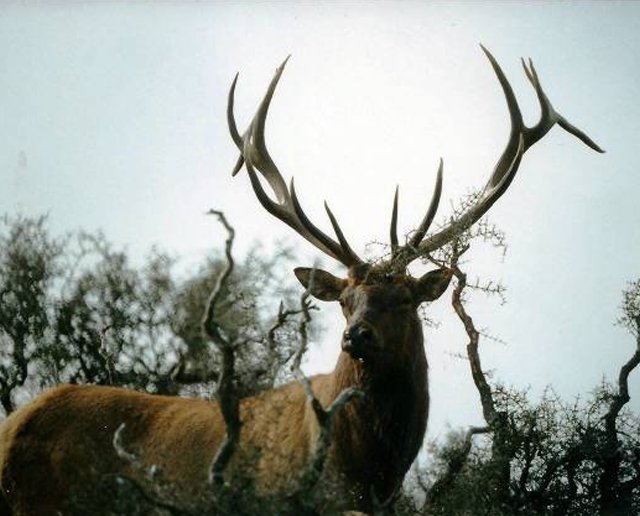


Hunting Experiences
06 April 2016
The bugle of an elk male is a sound that once heard is seldom forgotten. If the location is Fiordland the bull’s high pitch and strident squeals echo eerily around the dark bush and misty peaks. Big bulls have performed this haunting rutting call since 1905. Elk, more commonly known as wapiti in New Zealand are a rare free-range deer trophy, and few hunters have actually visited their isolated and mountainous domain down south. I was privileged in that on my first major deer hunting trip at a young age I was invited to tag along on a red deer culling trip to elk country with hunting legend Jack McKenzie, a man nicknamed Mr Wapiti because of his efforts to preserve this iconic species. Over ten days in 1976, a group of us stalked through the Glaisnock Valley, slept in the famous North Glaisnock rock bivy, climbed up over the Edith Saddle, crossed Oilskin Pass and later in the trip bashed up through steep bush into the Nitz valley. This latter valley is named after the hunter who shot New Zealand’s largest ever wild wapiti bull. The Douglas score for the Nitz trophy is 474. It was shot in 1933.
On my trip I saw over forty wapiti including one big velvet ten point bull out in the tussock above Kakapo Creek. The genetics were so good back then that Mckenzie would not let us shoot any of the animals we saw because of their wapiti purity, and I returned home having fired not one shot. Sadly, in the following years his ethical stance could not stop others and the herd was decimated, though in recent times with support from a number of groups like the Fiordland Wapiti Foundation the herd is recovering, though hybridised. Jack Mckenzie, a mighty totara of a man died in 2011.
An overseas hunter wanting a big trophy bull elk is realistically going to hunt on an estate, and it should be a great estate suited to the statue of the quarry being hunted. Poronui country is perfect as it is located at a reasonably high altitude, has a mixture of high meadow and forest, is large in size, and the open basins provide a great amphitheatre for that mighty bugle. The abundance of other deer species here also means it is a self-sustaining environment, and hunters can plan a multi-species adventure.
Hunters of elk all say that while this species will often tolerate the sight of people it will not tolerate their scent. Old instincts never die. Scent is your worst foe, as wapiti avoid areas tainted by human smell and retreat to cover until the region is no longer contaminated. It is best to glass from afar, and plan a stalk only when circumstances favour success. As a trophy, a wapiti bull with long, heavy beams, tall trez tines, big throwbacks and contrasting dark mane and cream is highly prized.
Greg Morton
Want to ask a question about Poronui, personalise your vacation with bespoke itinerary options or find out about available dates?
Simply fill in your name and contact email address with a short message and we will get back to you.